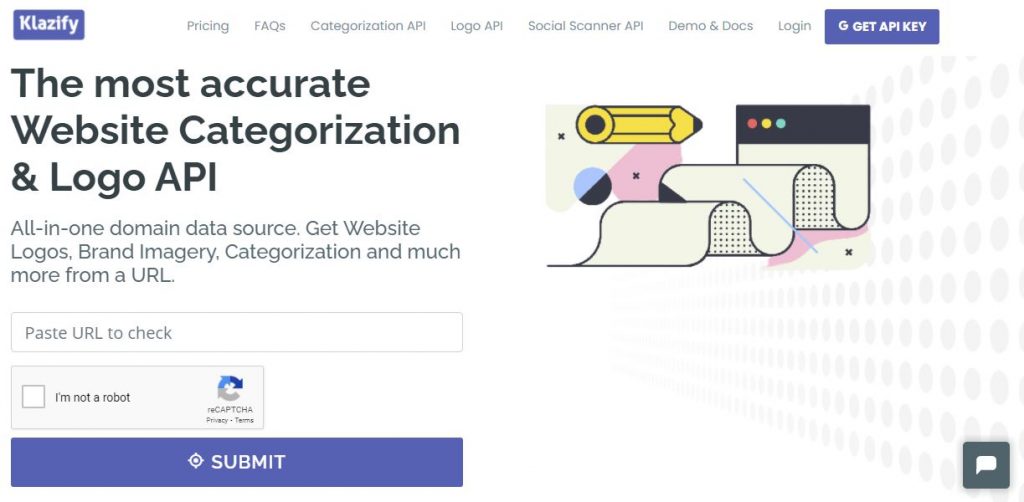Have you heard about text analysis APIs but don’t know how they can be useful? Here, we explain all about them to you.
Text analysis (also known as Text Mining or Content Analysis) is a technique used by computers to intelligently and efficiently extract meaningful information from human language. This strategy may be used by researchers and developers to organize disparate and disorganized data in a systematic manner.
Documents are separated in this approach for better data piece administration; simply put, unstructured language is turned into structured data. Text analysis, whether in documents or images, may be used to convert qualitative data into quantitative data. This technique may be regarded as a research method for deciphering information and drawing logical conclusions.

Text analysis is commonly used by developers and academics to link two entities, as well as for automated summary creation, translation, speech recognition, and other content management tasks. Text analysis in business involves a wide range of topics, including semantic search and content management.
The most prevalent method for evaluating text data in the workplace is to use text analysis APIs. Building a comprehensive solution from scratch takes months, necessitates the use of machine learning specialists, and is prohibitively expensive.
APIs make life much easier for developers by providing access to pre-built text analysis tools that may be readily connected to programs that you currently use.You may begin making sense of large amounts of data in a matter of minutes by automatically recognizing themes, intent, or sentiment in text and extracting specific bits of information.
In simple terms, an API is a communication interface that links and allows two computers or programs to interact. It gathers the information you requested and then sends it back to you. Adding text analysis to your business, whether to supplement existing products, make jobs simpler, or simplify your processes, is easier than you think thanks to APIs.
How To Get An API
The sheer amount of APIs accessible for a wide range of apps available online may amaze you. These may be found on many of the websites we visit every day. However, not all of them can help you improve lead data, so choose cautiously to prevent losing time and money.
We will use Klazify, which is currently one of the most popular and widely used APIs, to aid you with this and to continue training you. Using Natural Language Processing (NLP) and a Machine Learning Engine, this application retrieves internet information by analyzing a website’s text and meta tags.

To get the data, you must first complete the following procedures:
- Sign up for an API key at www.klazify.com.
- Find and copy any text that you want to classify in the section given. Once you’ve validated that you’re not a robot, submit it.
- You will then receive the API response in one or more programming languages.
- Find and save the desired outcome. You can then utilize it anyway you see fit.
About This Tool
Klazify is a search engine that categorizes websites and companies based on their area of expertise. The purpose of Klazify is to find, compare, and categorize the greatest websites on the internet (up to 3 levels). Their search engine employs deep learning algorithms, which are not only more accurate than traditional classifiers, but also more robust, allowing us to deal with incorrect input data.
The confidence level is calculated by our API and represents Klazify’s degree of confidence in the categorisation. It can range between 0 and 1, with 1 indicating total certainty and 0 indicating utter ambiguity.
Using the IAB V2 Standard Classification taxonomy, this API connects to a specific site or URL, gets data, and then categorizes it into over 385 distinct categories for one-to-one personalization. Customers may simply deliver services such as Internet filtering, subscriber statistics, advertising networks, and fraud prevention thanks to Klazify’s domain categorization.

